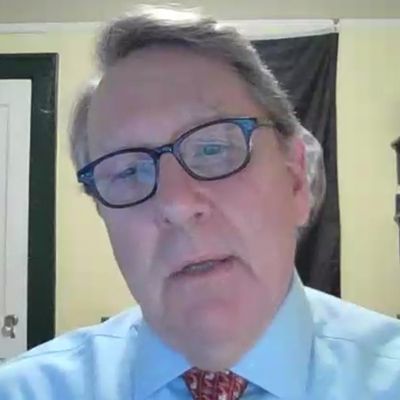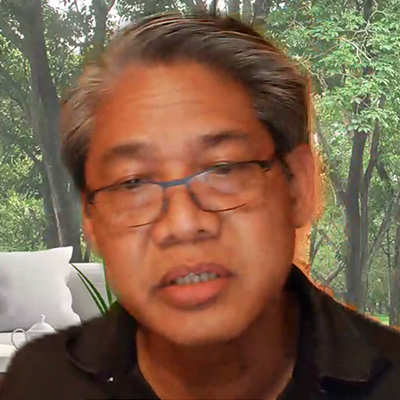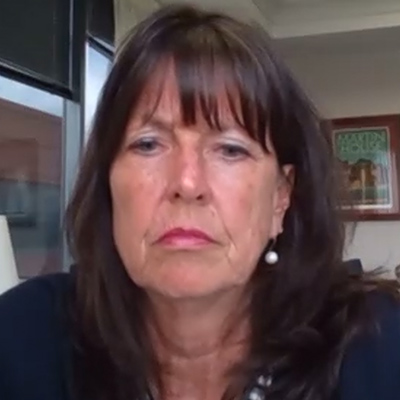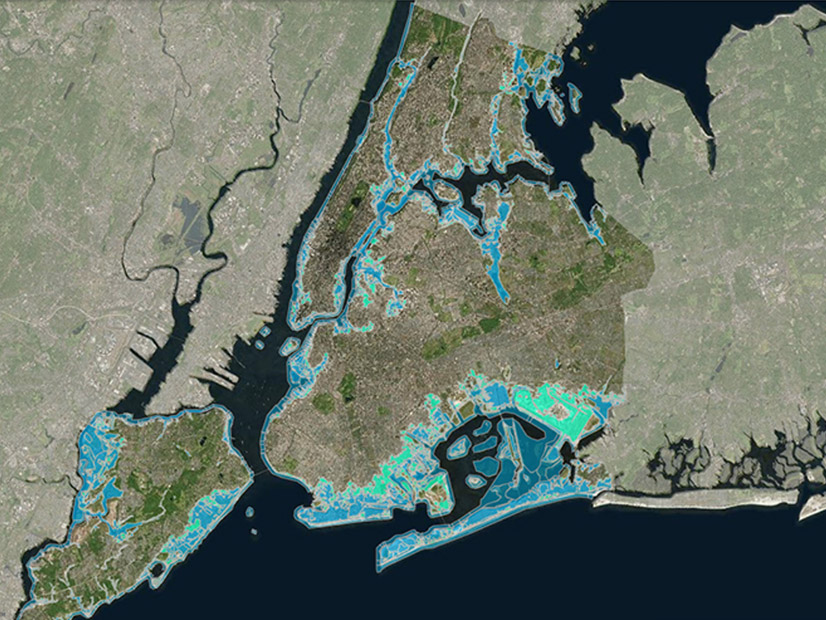The New York Climate Action Council (CAC) on Tuesday considered a dozen recommendations for adaptation and resilience to climate change, which focused on the themes of building capacity, addressing communities and infrastructure, and safeguarding living systems.

“Flooding is the main danger we face from climate change,” said Mark Lowery, assistant director of the state Department of Environmental Conservation’s Office of Climate Change.
Lowery made his remarks while presenting the recommendations from the Land Use and Local Government Advisory Panel, one of several such panels informing the 22-member CAC as it works to complete a scoping plan by fall to help achieve the state’s goals under the Climate Leadership and Community Protection Act (CLCPA).
The panel urged the CAC to “develop policies, programs and decision support tools to reduce risks associated with coastal and inland flooding” and to “ensure the reliability, resilience and safety of a decarbonized energy system.”
Of Land and the Grid

CAC Co-Chair Doreen Harris, CEO of the New York State Energy Research and Development Authority (NYSERDA), said the New York Green Bank in May issued a request for proposals “launching an expanded investment approach that focuses on projects prioritizing energy efficiency and electrification in housing found within disadvantaged communities across the state.”
In order to enhance grid resilience, New York Power Authority CEO Gil Quiniones said, “NYPA is about to launch a study of our assets, our power plants, our transmission system and customer-sited projects. We’re partnering with Argonne National Lab, the Electric Power Research Institute and Columbia University to study the impacts of climate change over the next few decades and ask how we change the design basis for our planning, engineering, design and construction, and maintenance.”

The study will also encompass storage projects, energy efficiency programs and electric charging infrastructure, Quiniones said, citing a similar study done previously by Consolidated Edison.
NYPA operates the state’s canal system and is working on wetlands restoration, which aids in flood mitigation, he said.

Interim Public Service Commission Chair John Howard asked, “How do we undo the bad land use that we’ve inherited? … So that we don’t spend good money after bad, how do we increase the resiliency of inappropriately developed land? How do you duplicate what we did in Staten Island? We moved a whole neighborhood [after Hurricane Sandy] because we knew it couldn’t be protected and its value as a wetland was far better than as a neighborhood. Do we do this strictly on a voluntary basis? Or at some point are we going to have to say, ‘Sorry, these properties need to go?’”
Lowery said the focus should be on long-term recovery planning: “I think it’s going to be very difficult to convince people to sell out who are today sitting where they think is high and dry, especially if you’re trying to do a whole neighborhood.”
Paul Shepson, dean of the School of Marine and Atmospheric Sciences at Stony Brook University, asked, “in a limited resources world,” how to balance investment in renewable energy while maintaining resilience for the existing energy delivery systems.

It’s increasingly common knowledge that society will need both systems over the next few decades, said Donna L. DeCarolis, president of the National Fuel Gas Distribution Corp.
“The existing infrastructure is already there; it’s already storm-resistant; it’s really great for cold weather events; and you can leverage it,” DeCarolis said.
“I don’t think we have a choice; we have to do both,” Quiniones said. “We have to transition to a cleaner energy system while keeping it reliable and resilient.”
Howard said he doesn’t believe the question is the feasibility of hardening the overhead electric system; rather, “is it affordable the way we do it today? … If we have to spend several billion dollars or more on that overhead system, the current mechanism to do that is exclusively through our rate cases; and [with] that on top of all the other ambitious things that we already are planning to do on the bulk transmission side, pretty soon it starts adding up.”
CAC Executive Director Sarah Osgood said that on June 28, the Climate Justice Working Group would give feedback on advisory panel recommendations, and that the council would meet July 22 to hear a presentation on a reference case of integration analysis, as well as an updated climate assessment.



